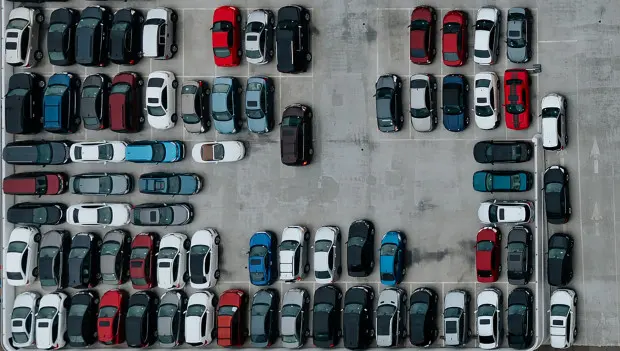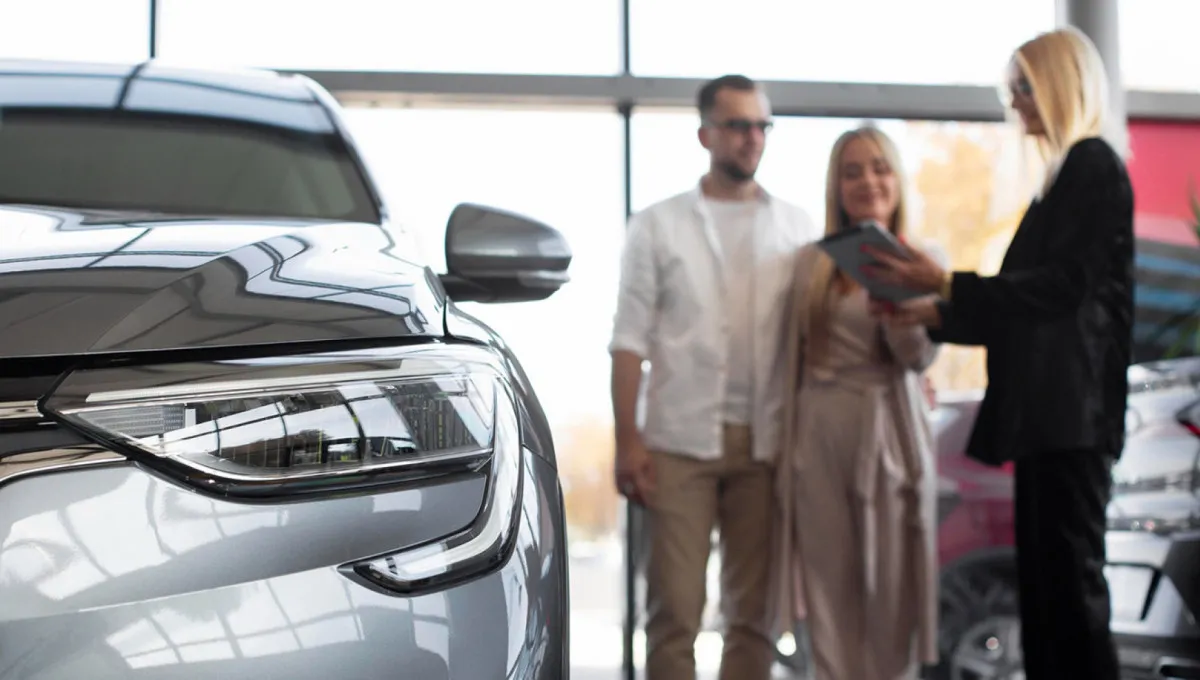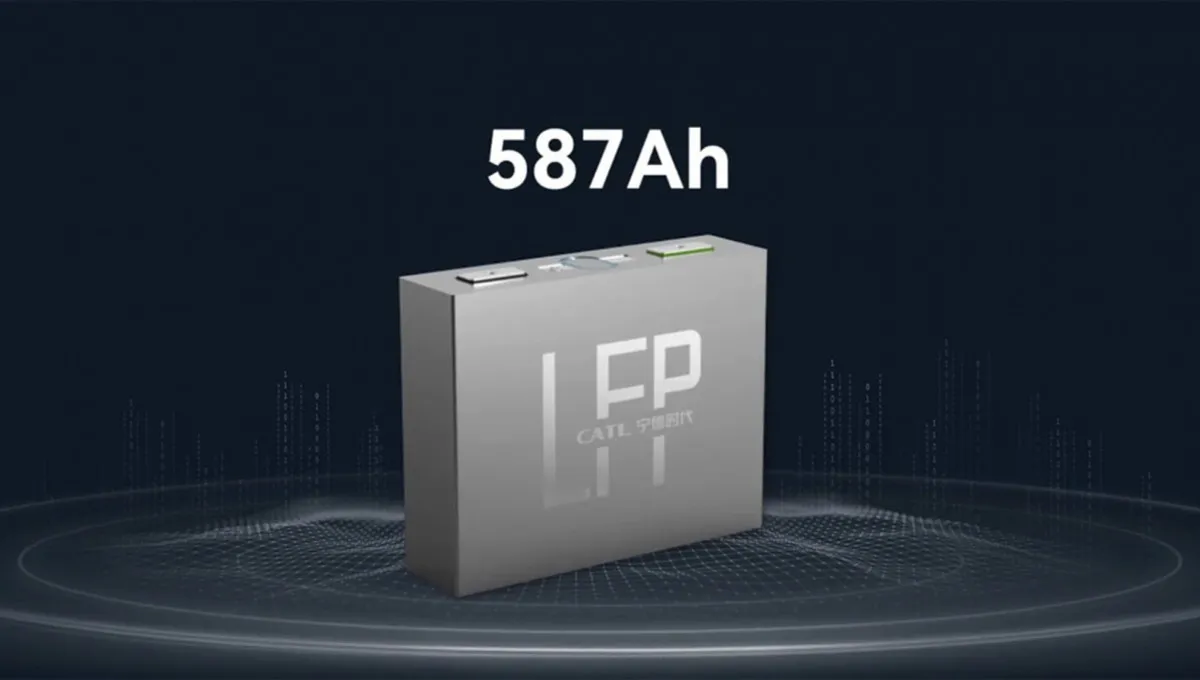Behind a Hundred Brands Lies the Wild Reality of China’s Car Market
This sprawling diagram, like a dealer’s treasure map, lays bare who really pulls the strings in China’s auto industry.

f you’ve ever struggled to make sense of the dizzying number of local car brands in China, you’re not alone. An infographic compiled by industry analyst Felipe Muñoz helps bring clarity—though it may leave you with more questions than answers.
The chart highlights automakers that are fully or partly owned by Chinese companies. What emerges is that the market is anchored by the “big four”: BYD, Changan, Chery, and Geely. Together, these groups account for more than half of all car sales in China. Notably, Changan and Chery are state-owned, underscoring the government’s central role in the sector.

Chery itself is a sprawling empire that includes Fulwin, Omoda, Jetour, Exeed, iCar, and even Luxeed, developed in partnership with Huawei. Changan controls brands such as Avatr, Deepal, and Nevo. Geely’s portfolio is even more striking, covering not just domestic newcomers like Zeekr but also European legends like Volvo, Lotus, and Polestar. By comparison, BYD’s lineup is relatively lean, spanning BYD, Denza, YangWang, and Fang Cheng Bao.
According to Muñoz, the brands positioned closer to the “sun” in the chart receive the most government support. But China’s auto market isn’t only about the big four. Beyond them lies an entire ecosystem of notable players: state-run giants such as SAIC (with MG and Maxus) and Dongfeng (with Voyah), as well as independent startups. Companies like Nio, Xpeng, Li Auto, and newcomer Xiaomi remain independent but face mounting pressure.
Muñoz also created a pyramid that organizes 109 brands into market tiers. At the top sit premium names like Hongqi and YangWang. Just below are high-tech flagships such as Nio and Xiaomi. The middle is occupied by brands like Denza and Zeekr, while the base consists of budget marques little known in the West, including Sinogold, Hima, and Pocco. These lower-tier brands are the most vulnerable, as consumers increasingly gravitate toward more established and advanced vehicles.

What’s the takeaway? One thing is clear: the market landscape will look very different a decade from now. Only the strongest will survive, and major groups will inevitably cull weaker sub-brands—a process that will resemble how Pontiac and Oldsmobile disappeared in the U.S. Yet another point is just as clear: Chinese automakers are here to stay, and their influence on the global auto industry will only continue to grow.
You may also be interested in the news:

Trump’s Pushback Against EVs Is Driving Up Car Prices Across the Board — Gas Models Included
Policy uncertainty surrounding vehicle standards and resistance to clean-energy measures are making both purchasing and owning a car more costly.

Used Car Prices in the U.S. Hit Highest Levels Since the COVID Pandemic
Why the cost of three-year-old vehicles has climbed past $30,000 — and the surprising factors behind it.

A New Threat to the Global Auto Industry Has Emerged from China Again: Even They Don't Know What to Do
AlixPartners warns that China is producing five times more EV batteries than the market actually demands

Bordering on classic: 1971 Chevrolet Corvette, a restoration project. It's in solid shape for being 54 years old
This 1971 Chevrolet Corvette has appeared on eBay with a single goal — to persuade online buyers that it deserves another shot at life after spending what seems like ages parked and neglected.

The Technology Race – The Battle for the EV Market: CATL Begins Mass Production of New High-Density LFP Batteries
With CATL rolling out its fifth-generation LFP batteries and BYD doubling down on the same technology, the question remains — who will win the EV tech race?